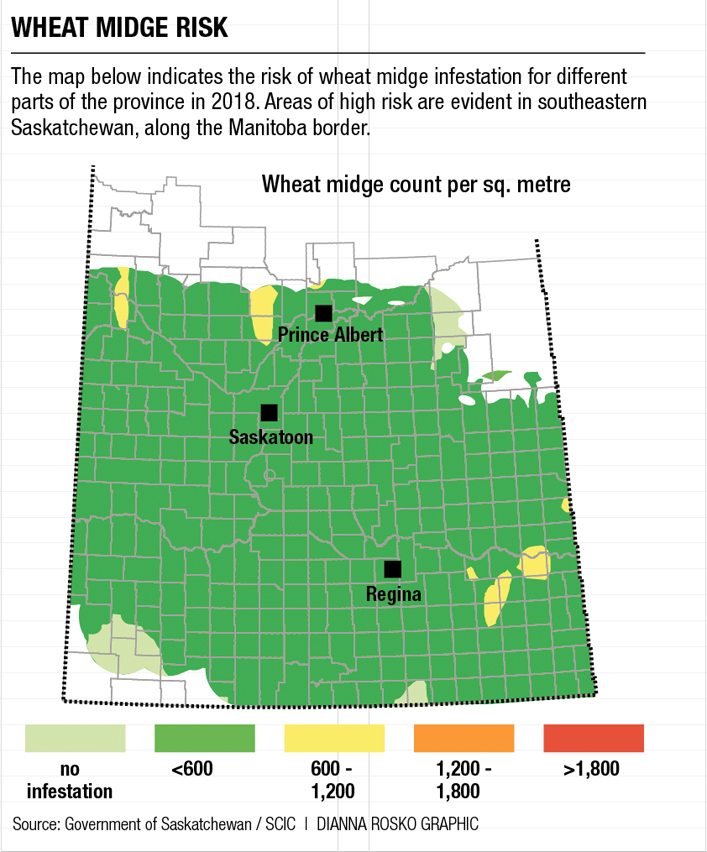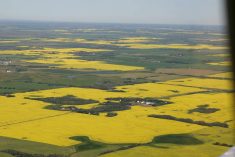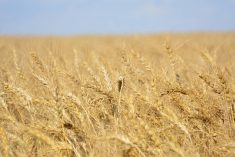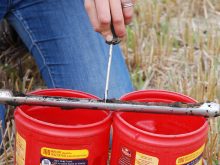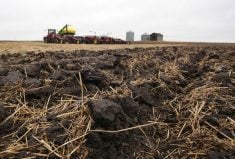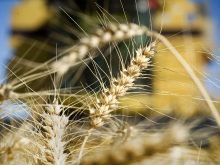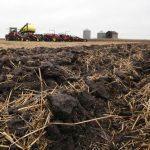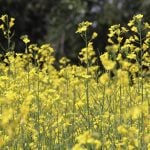The Saskatchewan wheat midge population took a shellacking from the dry weather last summer, and there’s now a low risk from the pest in much of the province this year.
“The drier weather took care of the midge in a lot of areas,” said Wes Woods of SeCan.
“They need about 25 millimetres of precipitation by the end of May. If they get that moisture, they will move on, the cocoon will evolve into the pupates and you’ll have some midge emerging. When it’s really dry like it was in 2017, you get erratic emergence and sometimes no emergence.”
Read Also
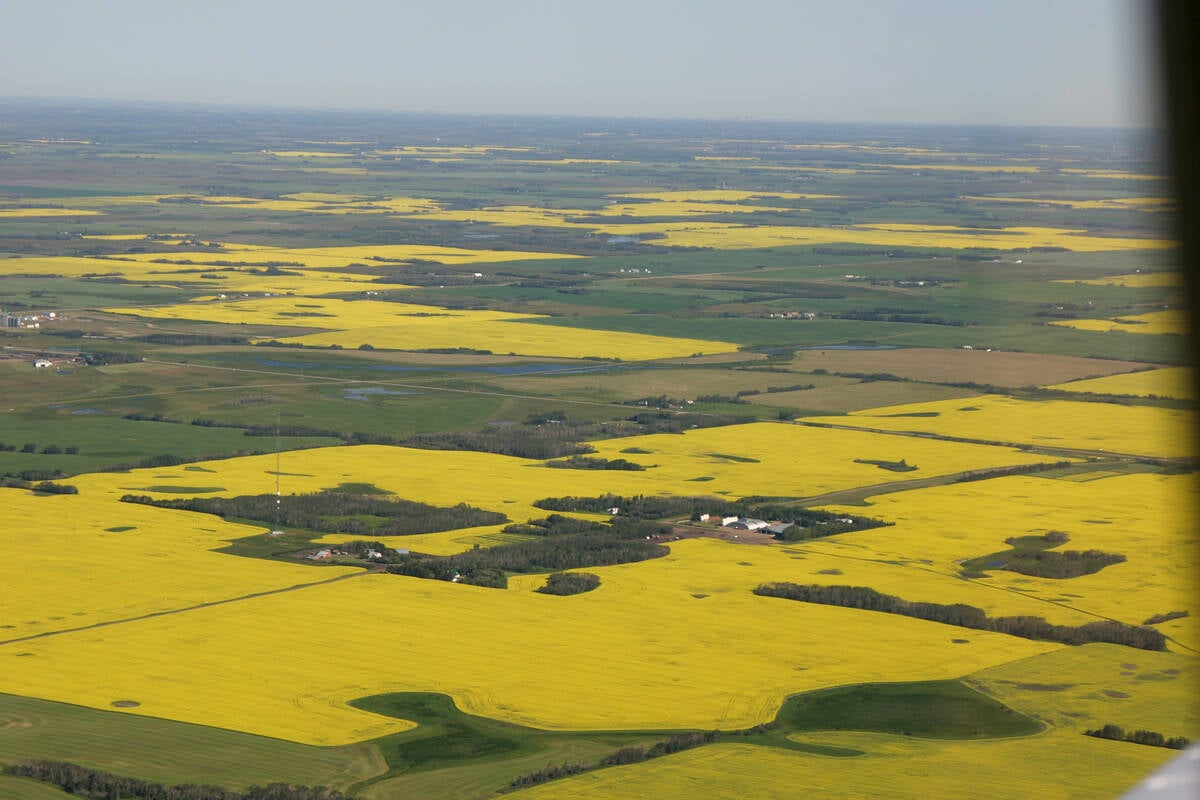
Increasing farmland prices blamed on investors
a major tax and financial services firm says investors are driving up the value of farmland, preventing young farmers from entering the business. Robert Andjelic said that is bullshit.
The midge forecast map produced by the Saskatchewan government sees most of the province facing low risk from the pest and only a few small pockets with moderate risk.
“The forecast is for relatively low to very low wheat midge pressure,” said James Tansey, a provincial insect/vertebrate pest management specialist.
“An important point to consider is that there are a couple spots, one down in the southeast, where numbers were a little higher, and one in the west-central region where numbers were a little higher.”
The provincial forecast is based on surveys for the pest at 420 sites across the province, where viable midge pupates capable of contributing to the next generation are counted.
Tansey said that even though the midge forecast shows low pressure from the pest, it’s important for growers to scout their crops in late June to early July for the emergence of wheat midge.
“We can’t sample every wheat field in the province, so the resolution is relatively coarse. We can evaluate the risk, but field by field it’s important for growers to get out and monitor for the emergence of wheat midge,” Tansey said.
“Low lying areas can have higher moisture, and those could be areas where midge pressure is higher and may not have been sampled.”
An incorrect version of the wheat midge forecast was printed on page 20 of the Yield Saskatchewan 2018 publication.




